Not all fruits wear smooth skins or bright colors to catch your eye. Some are armored in spikes and rugged textures—bold in both appearance and nutrition. Green spiky fruits, in particular, offer a fascinating glimpse into how nature protects its treasures. While some of them soften with ripening or turn color as they mature, they all start their journey clad in green and prickly.
From edible exotics to wild curiosities, here are 13 green fruits with spikes worth knowing.
1. Kiwano (Horned Melon)
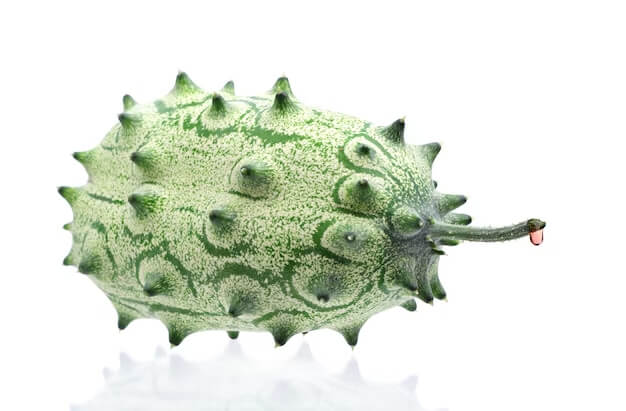
Also known as African horned cucumber, the kiwano begins its life green with stubby spikes that make it look more like a medieval weapon than a fruit. While it ripens into a bright orange, the unripe green stage is where the spikes are sharpest. Inside, the jelly-like flesh is dotted with seeds and carries a mildly sweet, cucumber-like taste.
2. Soursop
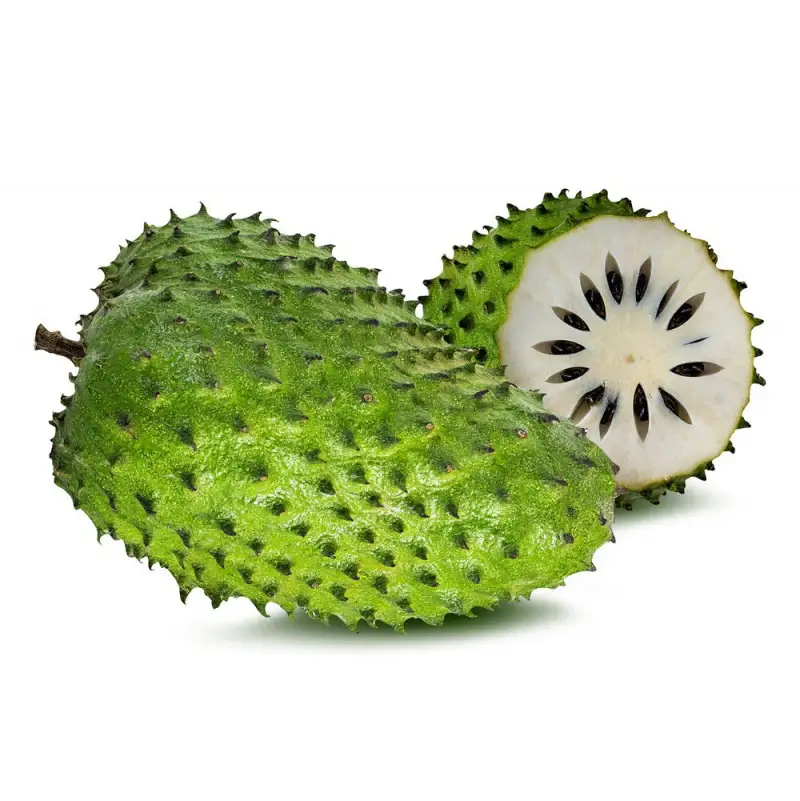
Covered in soft, curved spines, the green soursop (or graviola) has a heart-like shape and a distinctly tropical look. Underneath the spiky skin is creamy, white pulp with a tangy flavor. It’s often used in smoothies, desserts, or traditional remedies in many parts of the world.
3. Durian
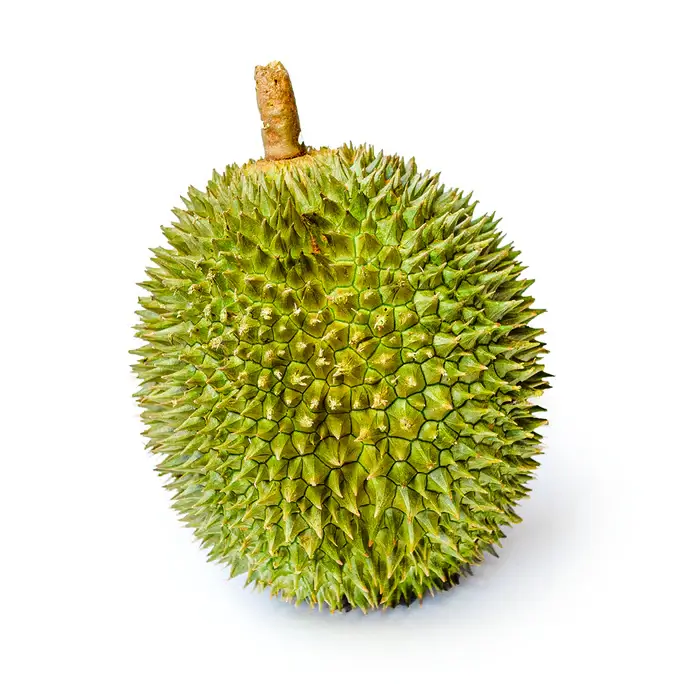
Often dubbed the “king of fruits,” durian is as famous for its powerful smell as it is for its intimidating armor. Its thick green husk is loaded with stiff, sharp spikes. Inside, however, is a rich, custard-like flesh that’s either beloved or reviled—there’s rarely an in-between.
4. Unripe Jackfruit
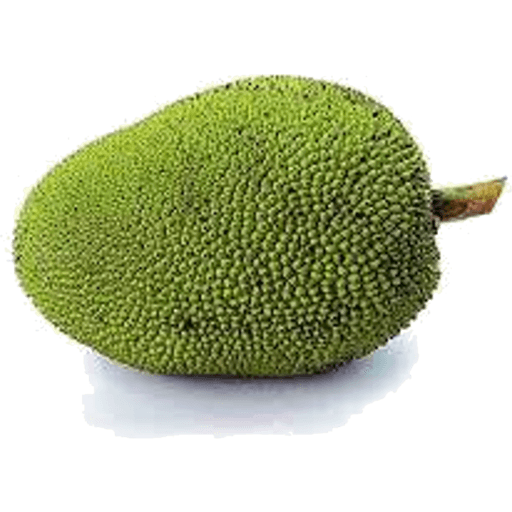
The young, green jackfruit is large, knobby, and coarse to the touch. Its exterior is covered in blunt, bumpy protrusions. When unripe, the flesh is firm and mild, often used as a meat substitute in vegetarian cooking due to its pulled pork-like texture.
5. Breadfruit (Unripe)
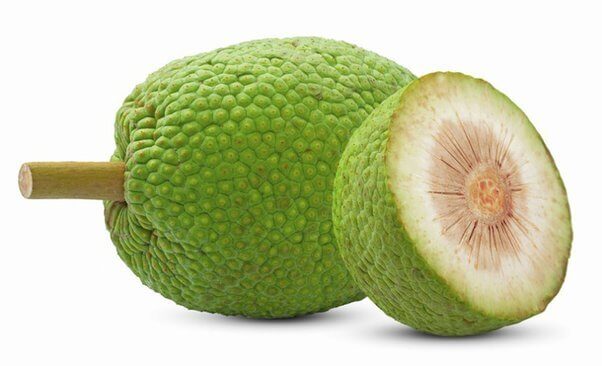
A cousin of jackfruit, unripe breadfruit is rounded and spiky with a green surface. As it matures, the skin smooths out. But in its early form, the prickles are more pronounced. Breadfruit is often roasted or boiled and has a starchy, potato-like flavor.
6. Osage Orange
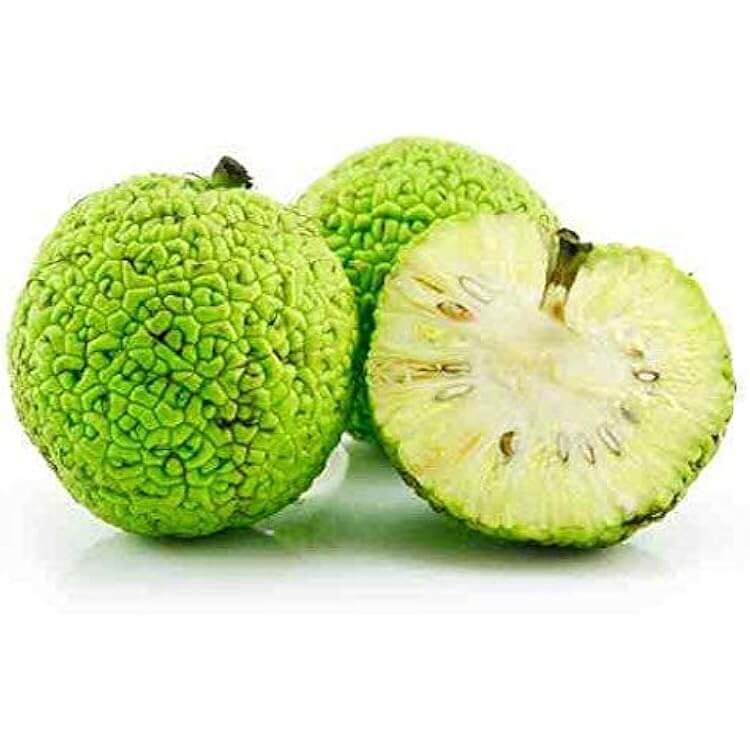
Though not commonly eaten, the Osage orange bears a bumpy, brain-like exterior when green and fresh. Its spiky surface is more knotted than sharp but certainly fits the wild, alien appearance of many green spiny fruits. It’s primarily ornamental but historically used for pest repellence.
7. Wild Cucumber
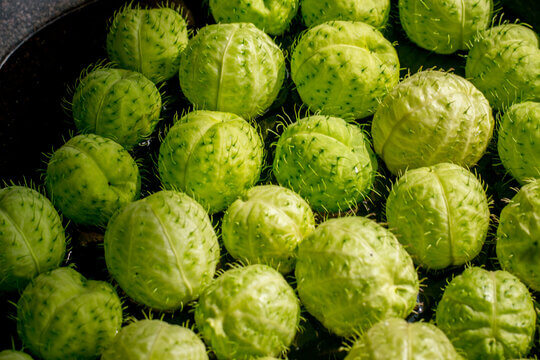
This vine fruit is covered in long, soft spikes and looks like a tiny green sea urchin. Wild cucumber isn’t meant for snacking—it’s bitter and toxic—but it adds wild character to native landscapes and is an interesting plant to spot in the wild.
8. Teasel Gourd (Kantola)
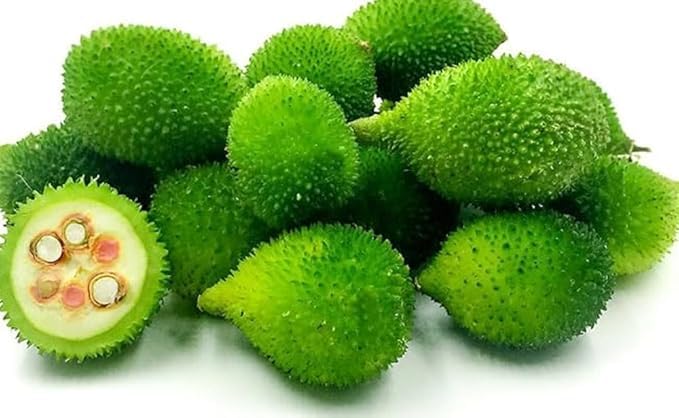
Kantola, or teasel gourd, is a small, oval green fruit dotted with soft spines. Popular in Indian cuisine, it’s prized for its crunchy texture and mild taste. It’s often stir-fried or cooked with spices as part of a healthy, seasonal meal.
9. Gac Fruit (Young/Unripe)
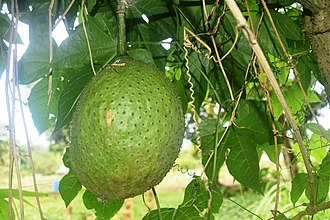
When young, Gac fruit is green and covered in tiny prickles. As it matures, it turns a vibrant orange-red. Though rarely eaten raw, the pulp is nutrient-dense and used in Vietnamese dishes and health supplements due to its high carotenoid content.
10. Bitter Melon (Unripe)
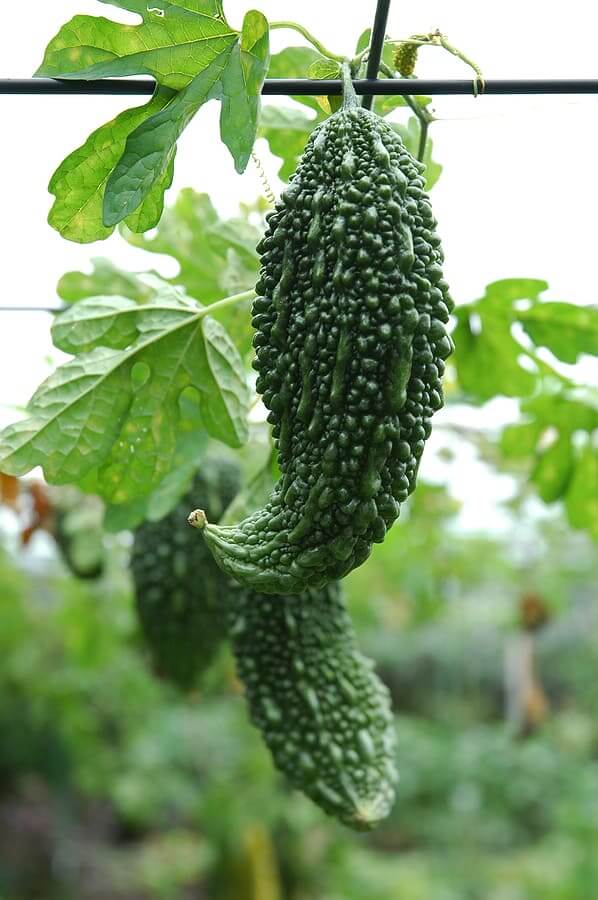
This warted green fruit isn’t just spiky—it’s also sharply bitter. Popular in Asian and African cuisines, bitter melon’s spiny surface hides a pithy interior full of seeds. It’s valued for its blood sugar-lowering properties and is often stir-fried or stuffed.
11. Castor Bean Fruit (Green Stage)

In its early green phase, castor bean fruit has a spiky, burred texture. While it may look intriguing, this fruit is highly toxic and should never be consumed. It’s cultivated for its oil—used in medicine and industry—after careful processing to remove toxins.
12. Horse Chestnut (Not Edible)
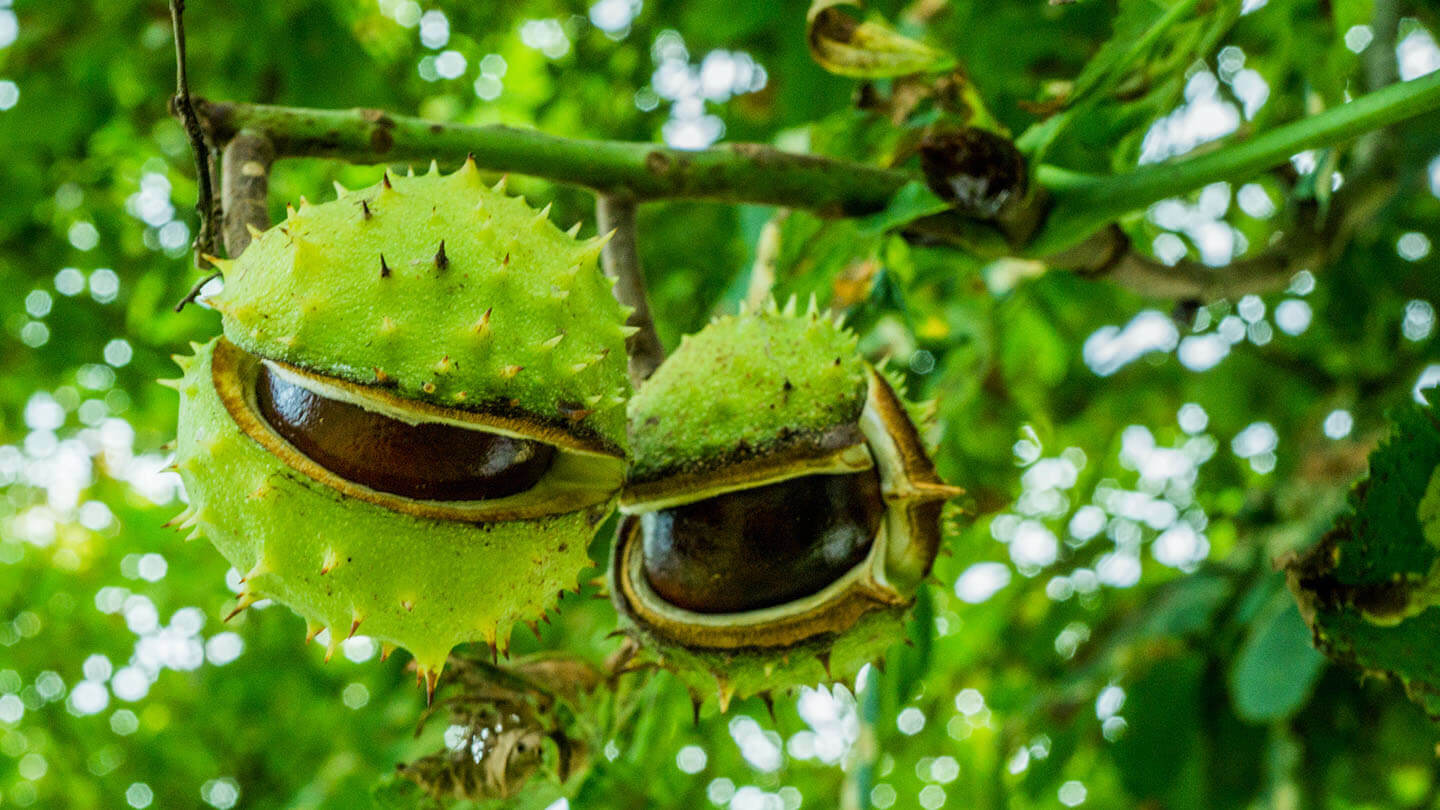
Also known as conkers, these green, round fruits are armored with sharp spikes. Despite looking similar to edible chestnuts, horse chestnuts are not safe to eat. However, they remain fascinating to collect and admire—especially when freshly split open to reveal their glossy seeds.
13. Prickly Chayote
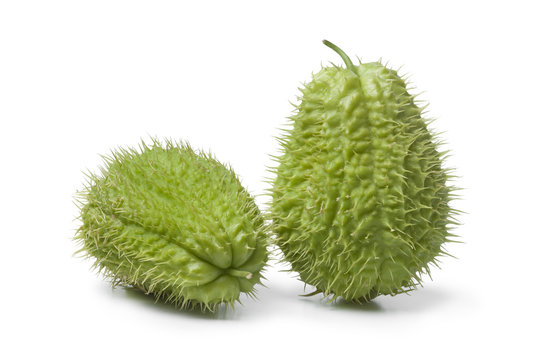
When unripe, prickly chayote is bright green and covered in short, sharp spines that give it a rough, rugged texture. While the spines soften with age, the fruit remains firm and mildly flavored. Commonly used in Southeast Asian and Latin American cuisines, it’s typically cooked in stir-fries, soups, or stews, prized for its crisp texture and subtle taste.
14. Annona (Atemoya or Cherimoya – Unripe)
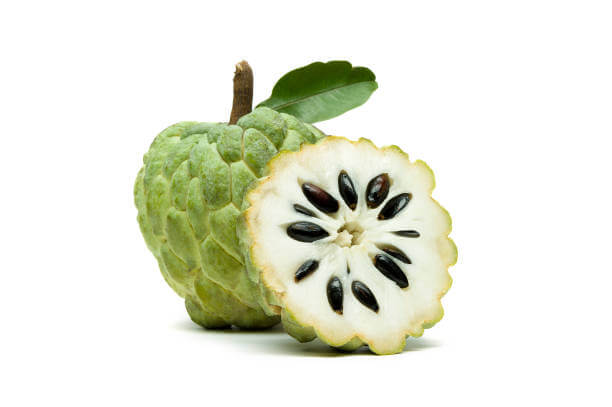
Unripe Annona hybrids like cherimoya and atemoya have a green, scaled, and slightly spiny surface. As they ripen, the spikes soften, and the fruit takes on a more custard-like texture. Inside, you’ll find sweet, creamy flesh with hints of banana and pineapple.
15. Hala Fruit (Unripe)
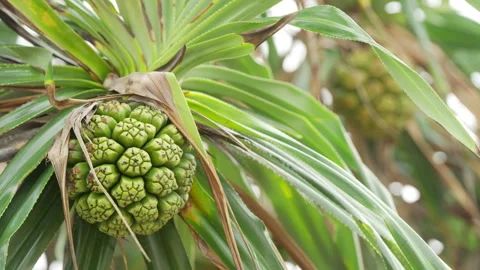
The hala fruit (from the pandanus tree) starts off green and spiky like a bunch of fused corn cobs. While it becomes orange or reddish as it matures, the unripe green version is a sight to behold—bristly, alien-like, and geometrically fascinating.
Green fruits with spikes may not win beauty contests, but they more than make up for it in nutrition, cultural significance, and sheer visual intrigue. From jungle favorites to backyard oddities, these spiky gems prove that sometimes, the wildest packages hide the most interesting flavors.
